Home>Ideas and Tips>Backyard Hummingbird Garden Design: Attract These Tiny Birds
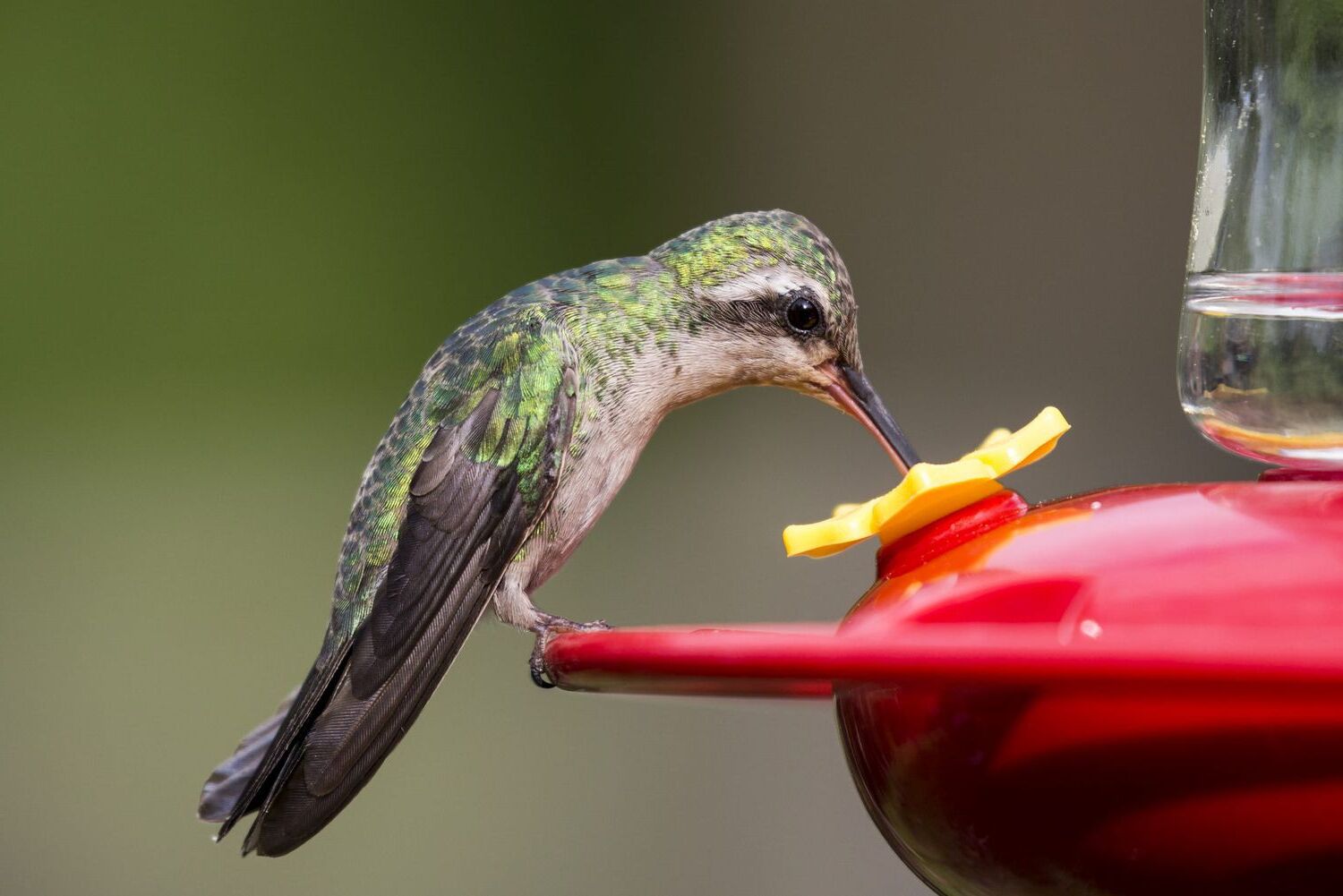

Ideas and Tips
Backyard Hummingbird Garden Design: Attract These Tiny Birds
Published: September 2, 2024
Create a backyard hummingbird garden with our design tips. Attract these tiny birds with the right plants, feeders, and water features.
(Many of the links in this article redirect to a specific reviewed product. Your purchase of these products through affiliate links helps to generate commission for Storables.com, at no extra cost. Learn more)
Creating a backyard garden that attracts hummingbirds is a delightful way to enhance your outdoor space while supporting these fascinating creatures. Hummingbirds are not only beautiful to watch, but they also play a crucial role in pollination and add vibrancy to your garden. In this article, we will guide you through the process of designing a hummingbird-friendly garden, highlighting the essential elements and plant choices that will attract these tiny birds.
Understanding Hummingbirds
Hummingbirds are known for their rapid wingbeats, which create the characteristic humming sound. They are among the smallest bird species, with some species reaching lengths of just 2 inches and weighing less than a nickel. These birds have a specialized diet consisting mainly of nectar from flowers, which they sip with their long tongues. They also consume tiny insects and spiders for protein. Their diet is highly specialized, and they need a constant supply of nectar to fuel their high metabolism. In fact, hummingbirds consume an average of two to three times their weight in nectar each day.
Basic Elements for a Hummingbird Garden
To create an attractive and welcoming environment for hummingbirds, you need to consider several basic elements:
-
Food: Hummingbirds require a constant source of nectar. This can be provided through nectar-rich flowers or feeders. It's essential to maintain an insect-friendly, pesticide-free garden as hummingbirds also eat insects.
-
Water: Hummingbirds love water and use shallow areas for bathing. Selecting plants that collect water on their leaves or using gentle misters or dripping devices can help create a natural bath area.
-
Shelter: Protection from predators or bad weather is crucial. Trees can serve as shelter, providing protection and potential nesting sites.
-
Nesting: Trees can also be used for nesting. It's important to take care not to destroy potential nesting material such as spider webs.
Designing Your Space
When designing your hummingbird garden, there are several considerations to keep in mind:
-
Location: Build your garden in an area that receives both sun and shade. This will allow you to grow a variety of plants that cater to different lighting conditions. Make sure you can view the garden from a window or outdoor deck to enjoy the frequent visits of your resident hummingbirds.
-
Native Plants: Hummingbirds love native plants common to your area. These plants are well-suited to the local climate and provide the necessary nectar and shelter.
-
Plant Selection:
- Know Your Zone: Select plants that are best suited to growing in your hardiness zone and climate. This ensures that the plants will thrive and attract hummingbirds.
- Go Native: Choose native plants that are indigenous to your area. These plants are more likely to attract native hummingbird species.
- High and Low: Opt for a variety of plant heights for aesthetics and to give the hummingbirds more space to move around.
- Bloom Time: Select plants that bloom throughout your growing season or arrangements that bloom in succession to extend the time hummingbirds visit your yard.
- Tubular Flowers: Fill your garden with blossoms that have a tubular or trumpet shape. These flowers are more accessible to hummingbirds due to their long beaks and tongues.
- Red Carpet Treatment: Choose flowers with reddish tones to entice more hummingbirds to your yard. Red is a particularly attractive color for these birds.
Choosing the Right Plants
Here are some specific plants known to attract hummingbirds:
-
Salvias:
- Both perennial and annual salvias are hummingbird favorites. They come in a variety of colors, including red, pink, purple, and white. Place pots or hanging baskets of salvias near your windows to enjoy frequent visits from hummingbirds.
-
Honeysuckle:
- The North American native honeysuckle vine adds vertical interest and hummingbird appeal even in small spaces. Major Wheeler is a cultivar of honeysuckle that blooms all summer and is more resistant to powdery mildew.
-
Trumpet Vine:
- This native vine is a vigorous grower that can be trained into a small tree or onto a trellis. It will send out suckers requiring some regular maintenance. Be patient, as it can take several years for this vine to begin flowering. Avoid overfertilization, which results in an even bigger plant with no flowers.
-
Cardinal Vine:
- This shorter vine is a hummingbird favorite and makes an excellent thriller in containers. Train it onto a decorative support and grow it in its own pot or combine it with other annuals.
-
Lungwort:
- Early blooming lungwort is shade-tolerant and provides some of the earliest nectar for these winged beauties. Leave the white or lavender flowers on your hostas for the hummingbirds.
-
Garden Phlox and Bee Balm:
- Both garden phlox and bee balm are hummingbird favorites that add color and nectar to the garden. Look for powdery mildew-resistant varieties.
-
Anise Hyssop and Liatris:
- North American native anise hyssop and liatris are two more favorites you may want to include in your garden. These plants provide a succession of blooms throughout the growing season.
-
Fuchsias, Begonias, and Impatiens:
- These plants are perfect for shady locations and attract hummingbirds with their nectar-rich flowers.
-
Cupheas:
- Often sold under the common names "tiny mice" and "cigar plant," cupheas prefer a sunnier location and are known to attract hummingbirds.
-
Blue Horizon Ageratum, Geranium, Bidens, Tall Verbena, and Petunias:
- These taller flowers grow well in gardens and containers, providing a variety of nectar sources for hummingbirds.
Maintaining Your Garden
Creating a hummingbird garden is a great way to expand your garden and provide a haven for these tiny birds. Here are some tips for maintaining your garden:
-
Keep it Pesticide-Free: Hummingbirds eat insects, so maintaining an insect-friendly garden is crucial. Avoid using pesticides, which can harm these birds and other beneficial insects.
-
Provide Regular Nectar: If you're using feeders, make sure to replace the nectar mixture and clean the feeders every few days. This provides additional food for the hummingbirds and viewing opportunities for you.
-
Monitor Plant Health: Regularly check your plants for signs of disease or pests. Use organic methods to control any issues that arise, as chemical treatments can harm hummingbirds.
-
Add New Plants: Consider adding new plants to your garden each season to ensure a constant supply of nectar. This will also help attract more hummingbirds to your yard.
Tips for Attracting Hummingbirds
While creating a hummingbird garden is rewarding, there are several additional tips you can follow to attract these birds:
-
Place Feeders Strategically: Position feeders in areas where you can easily view them. Hummingbirds are territorial, so make sure there is space between feeders and provide cover within 10 to 15 feet.
-
Use Red Feeders: Hummingbirds are particularly attracted to red feeders. If you're using feeders, consider using red ones to entice more birds to your yard.
-
Provide Shelter: Ensure that your garden provides adequate shelter for hummingbirds. Trees and shrubs can serve as protection from predators and bad weather.
-
Be Patient: It may take a couple of years for the hummingbirds to find your nectar-filled garden. In the meantime, enjoy the flowers and other pollinators that stop by to dine.
Conclusion
Creating a backyard hummingbird garden is a delightful way to enhance your outdoor space while supporting these fascinating creatures. By understanding their needs and behaviors, selecting the right plants, and maintaining your garden properly, you can create an attractive and welcoming environment for hummingbirds. Whether you're a seasoned gardener or just starting out, incorporating these tips into your gardening routine will help you attract these tiny birds and enjoy their beauty up close.
Remember, every garden is unique, and what works for one garden may not work for another. However, by following these guidelines and being patient, you'll be well on your way to creating a hummingbird paradise in your own backyard. So go ahead, plant those nectar-rich flowers, set up those feeders, and watch as these tiny birds bring joy and vibrancy to your garden
Was this page helpful?
At Storables.com, we guarantee accurate and reliable information. Our content, validated by Expert Board Contributors, is crafted following stringent Editorial Policies. We're committed to providing you with well-researched, expert-backed insights for all your informational needs.
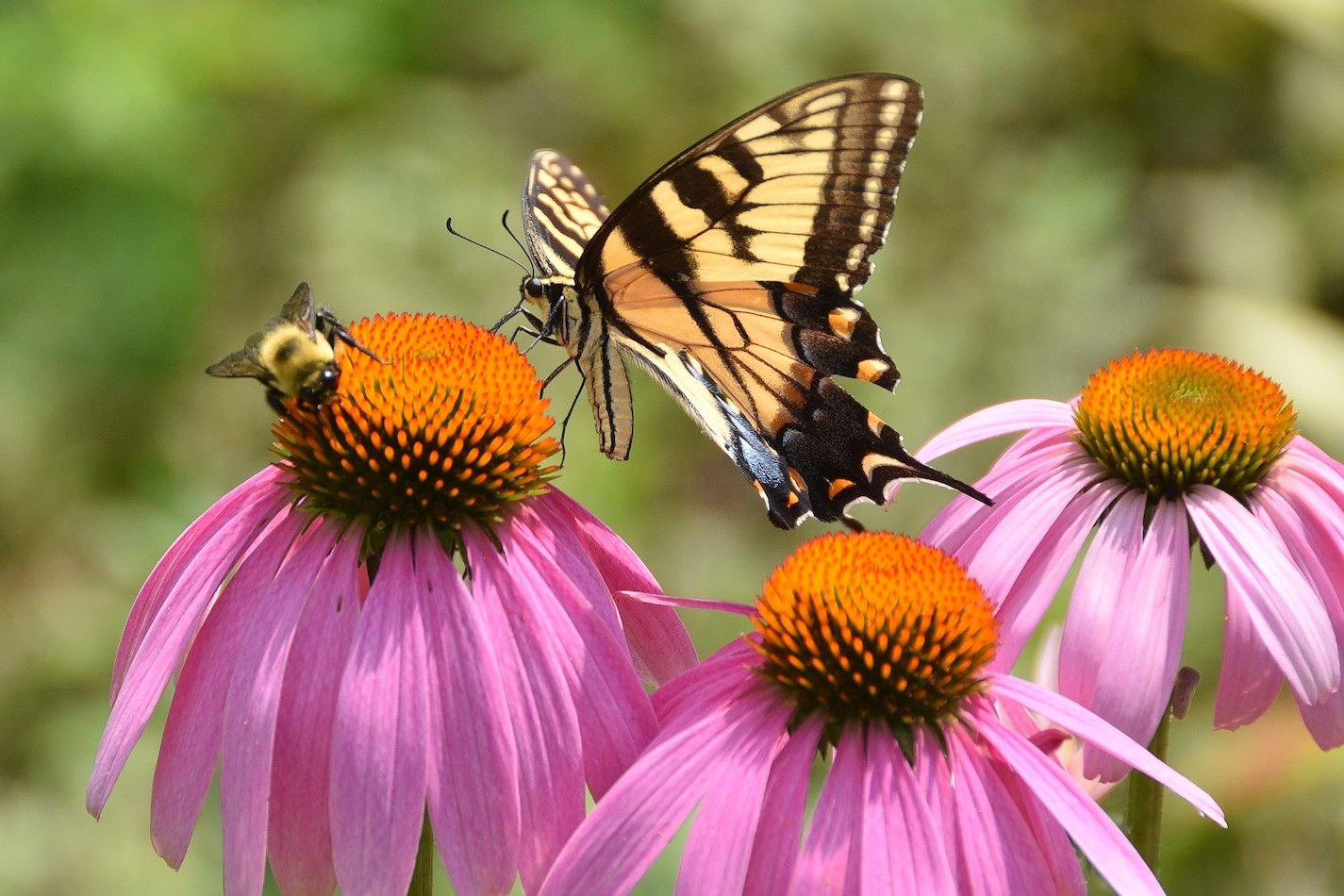
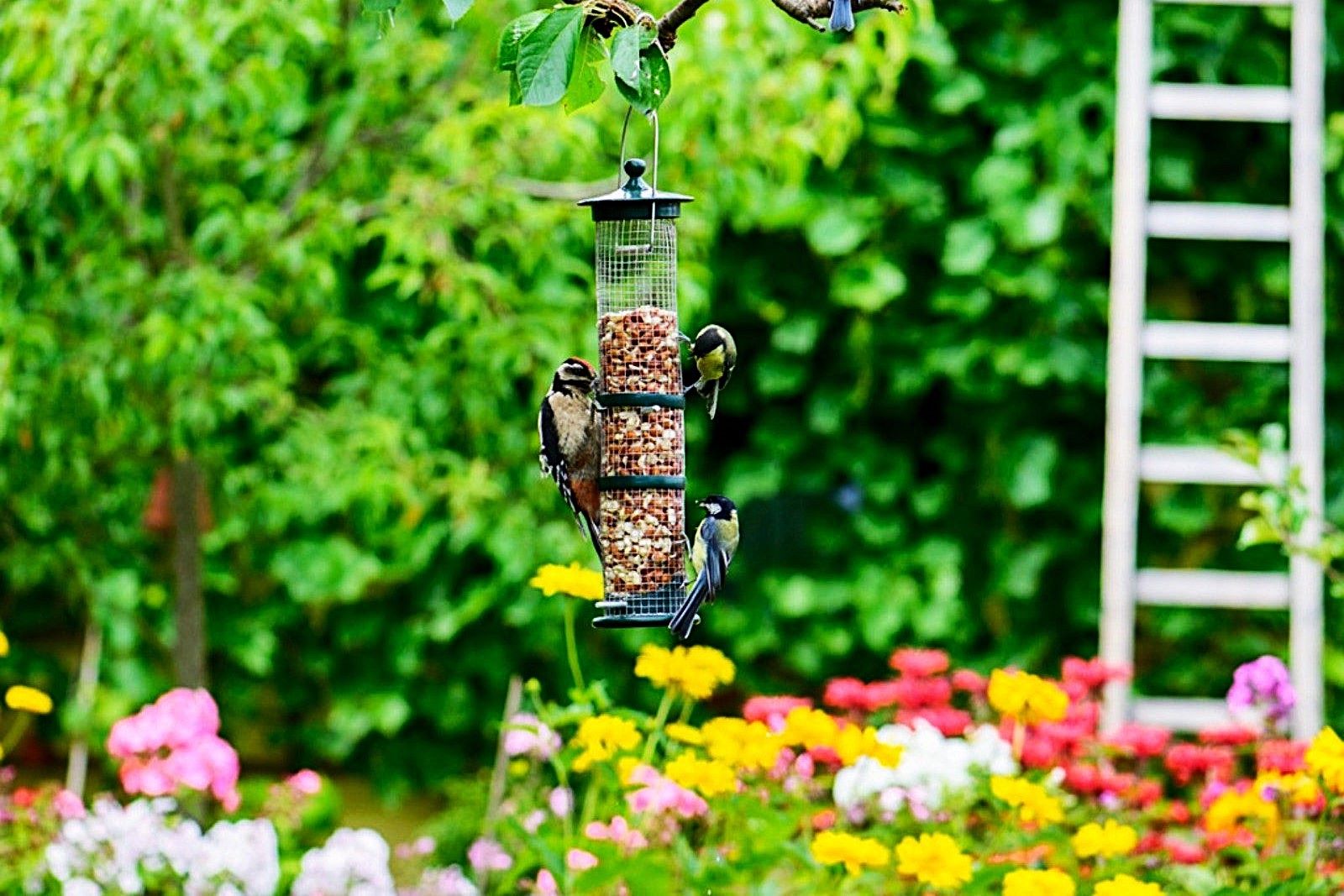
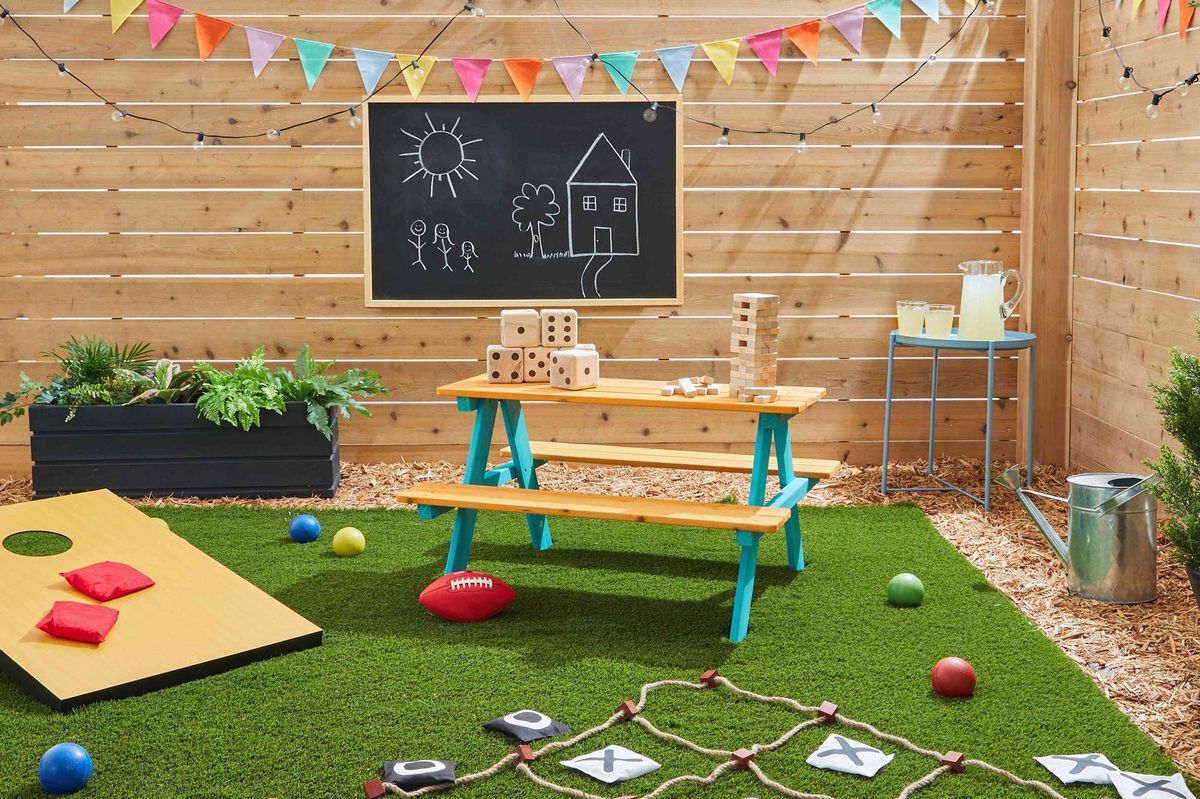

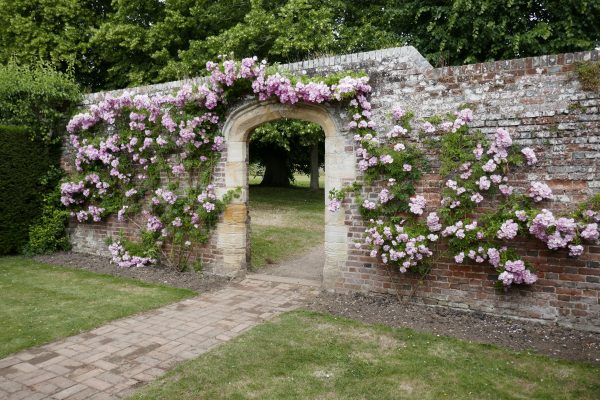
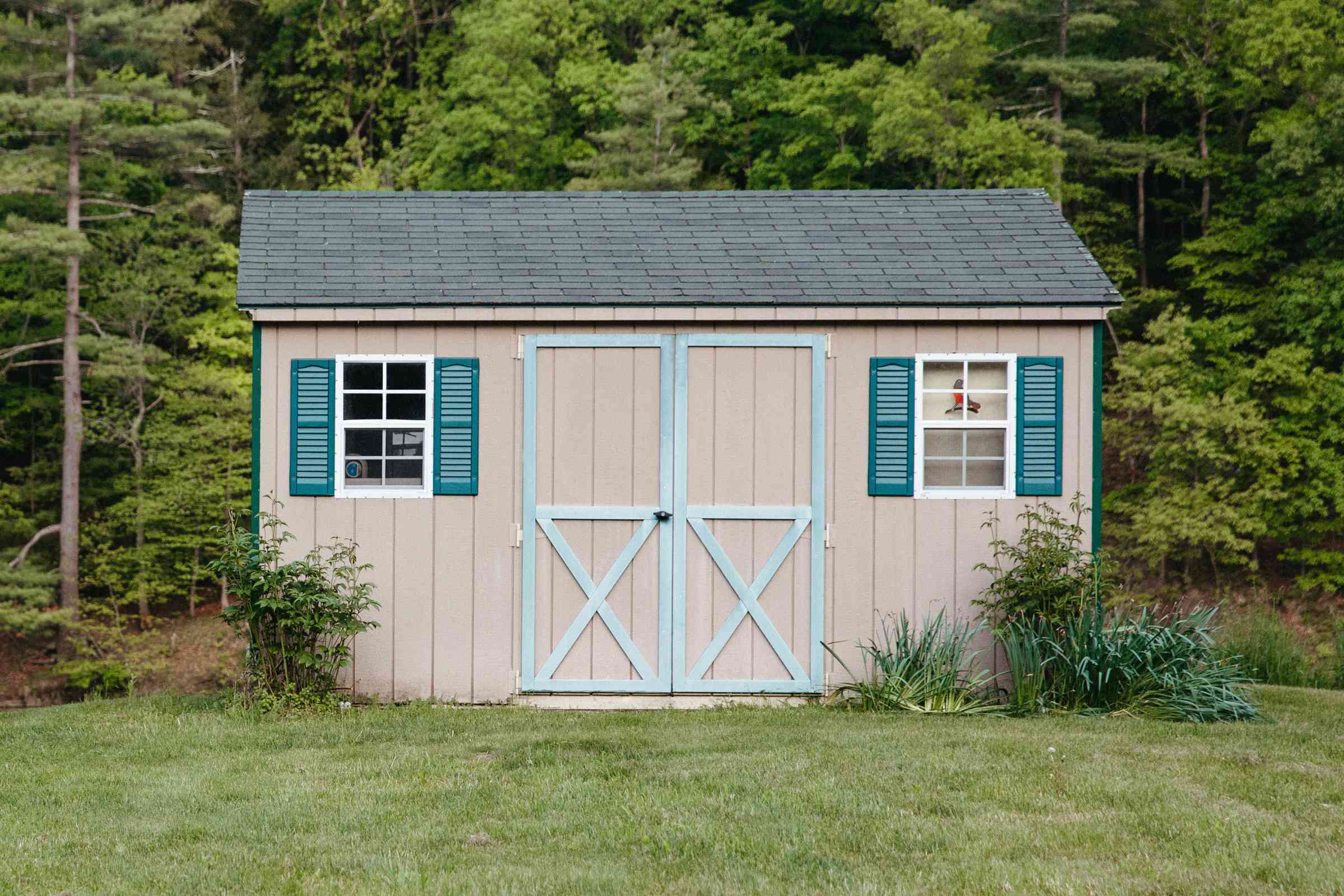
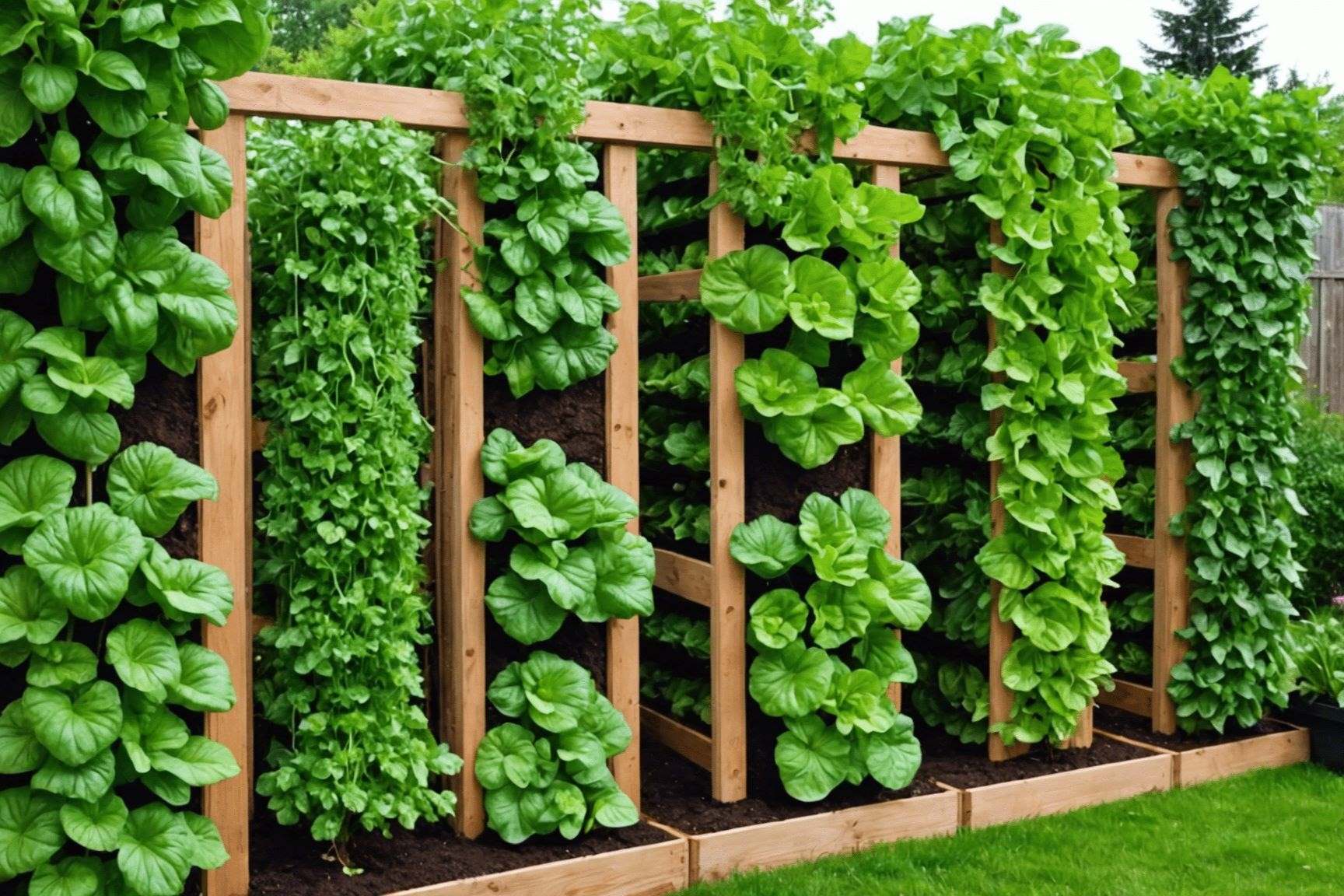

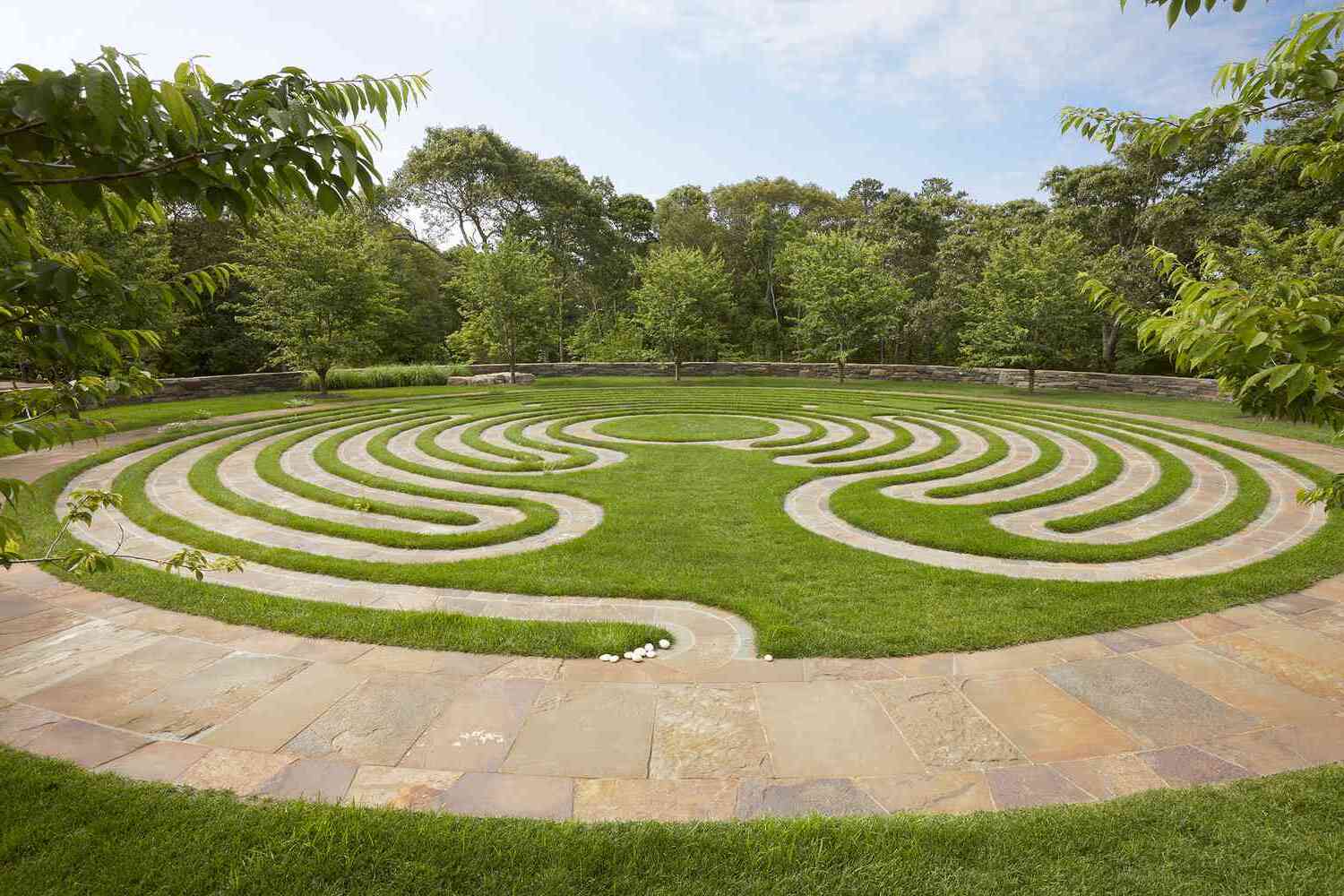
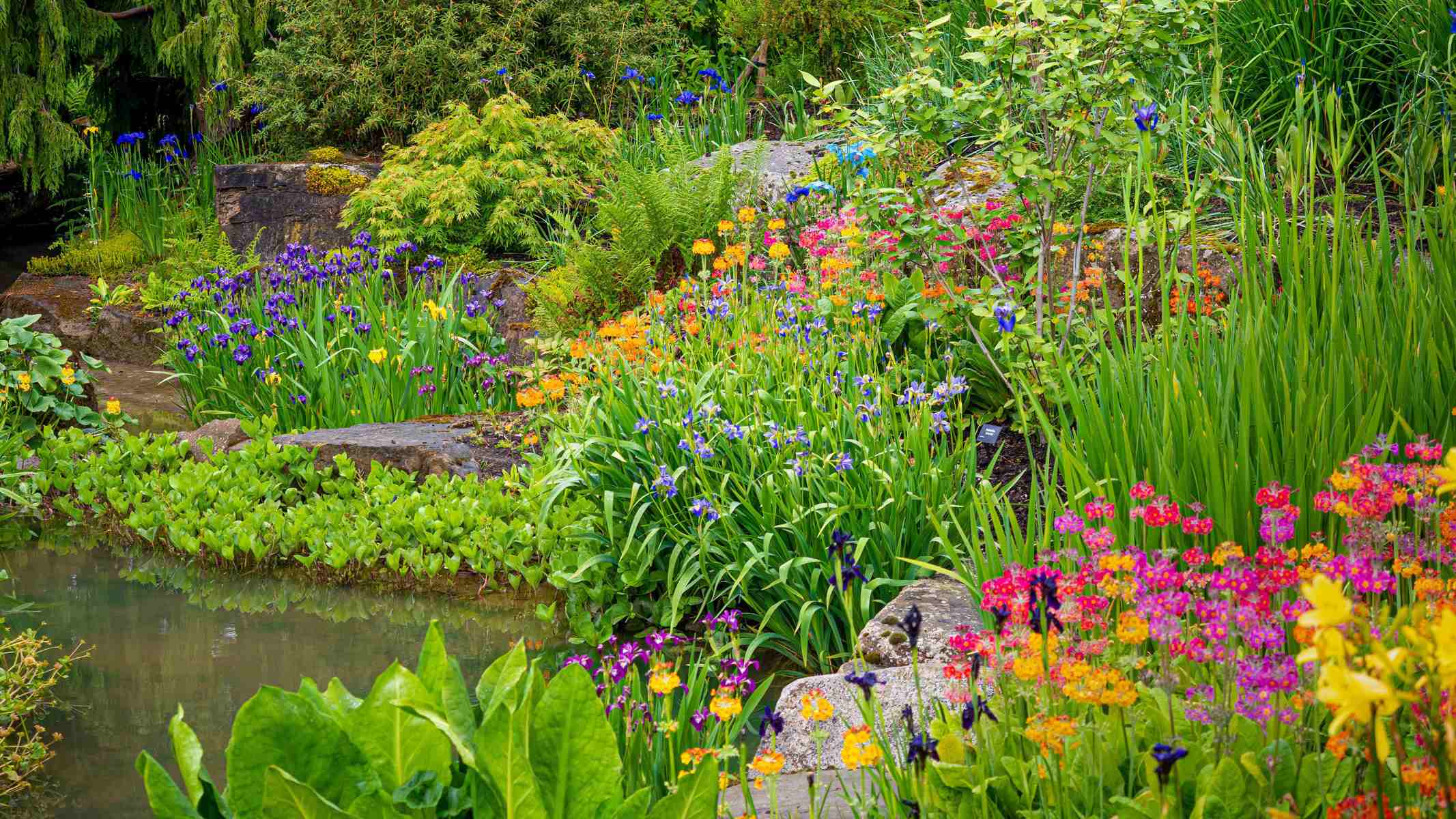
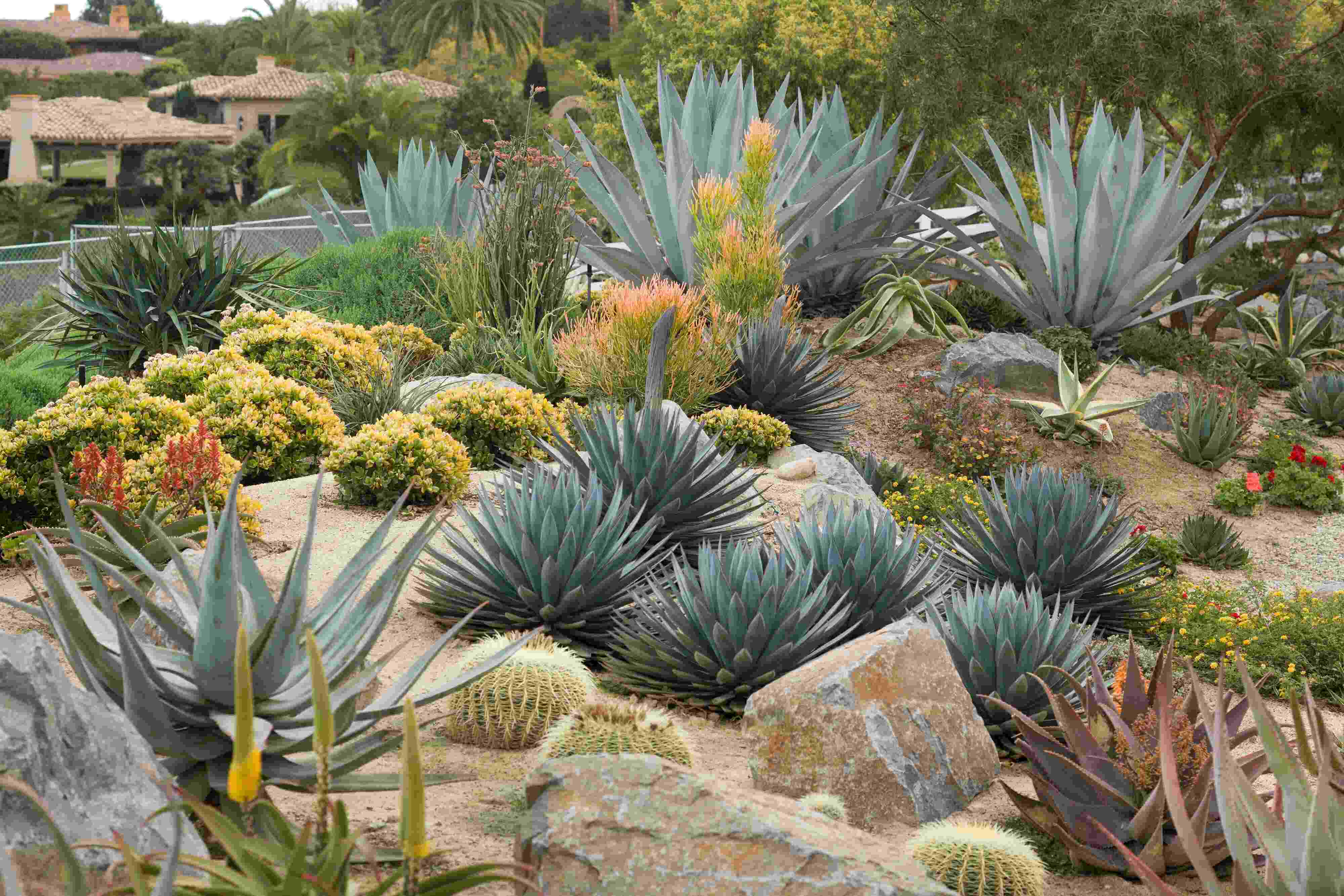
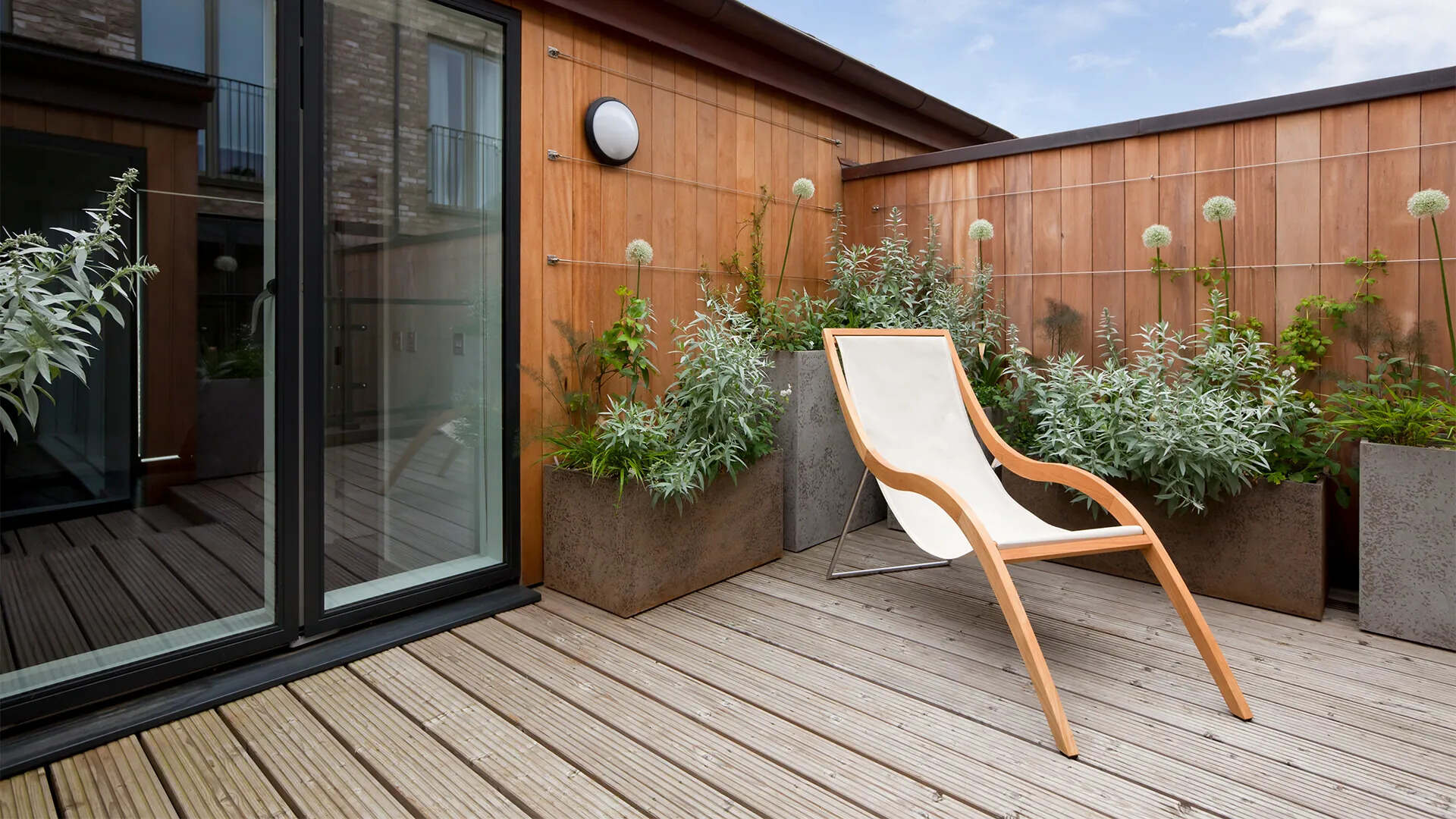
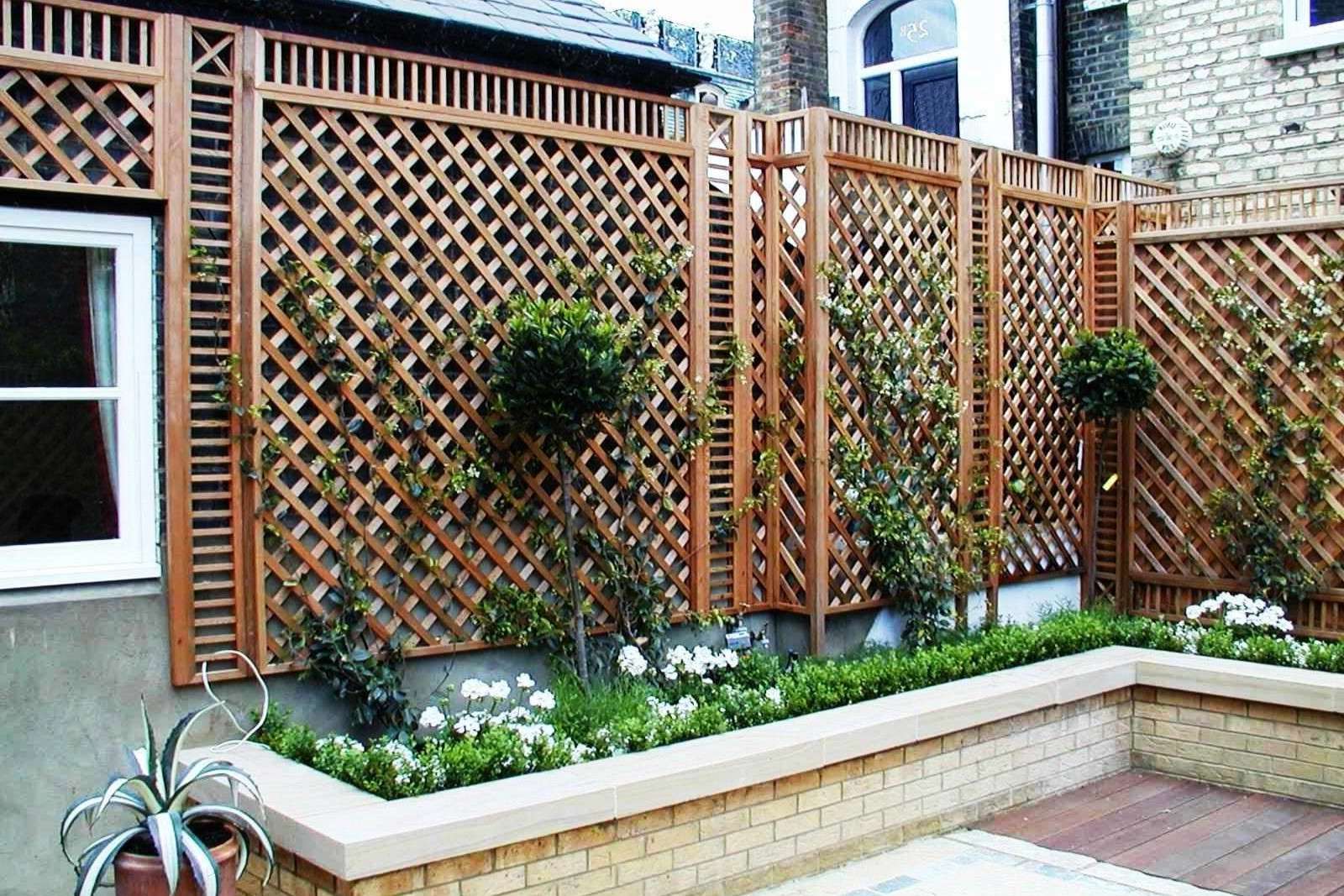
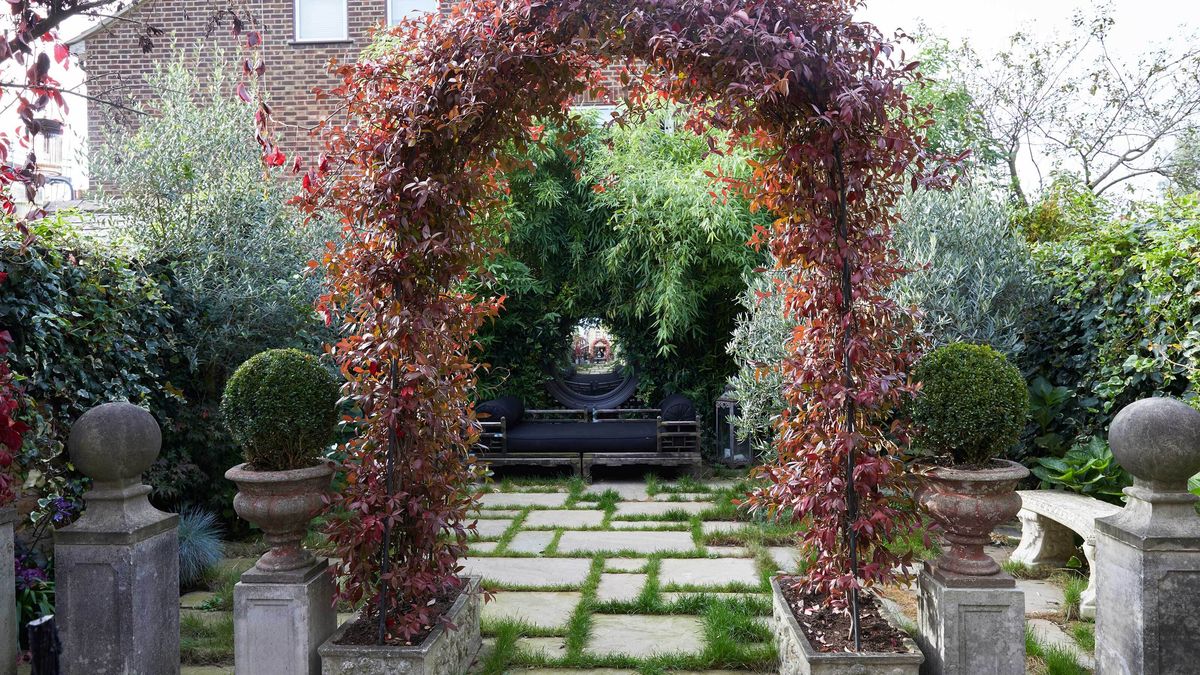

0 thoughts on “Backyard Hummingbird Garden Design: Attract These Tiny Birds”